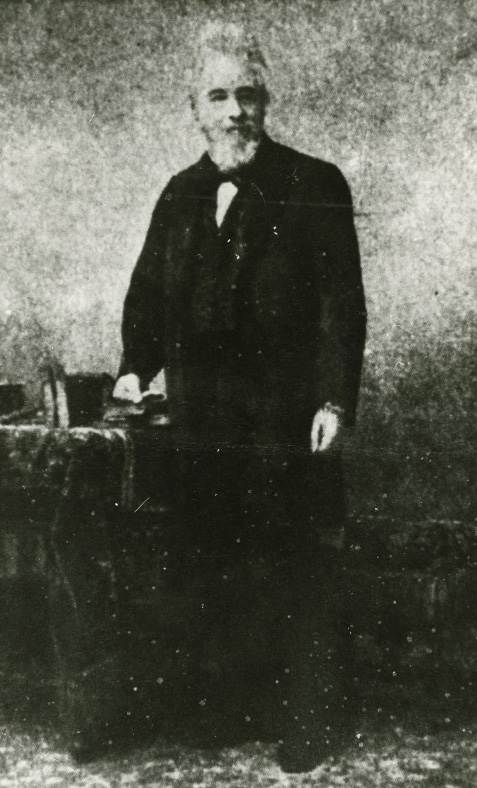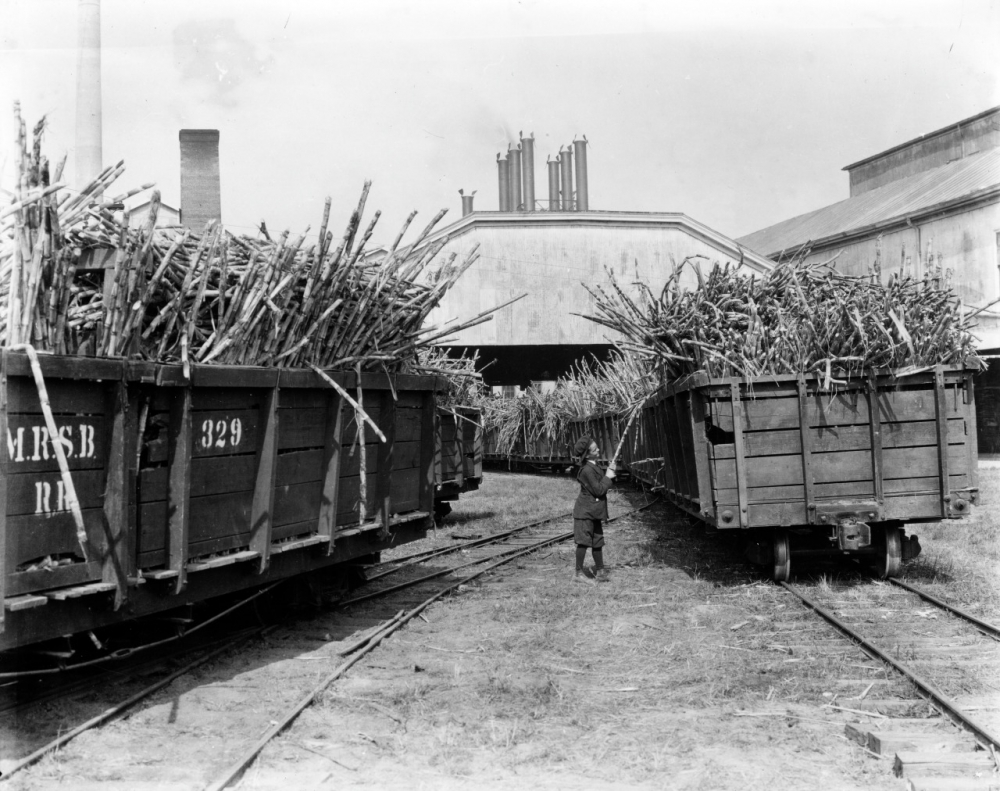Each year when Louisiana’s sugar refineries begin processing the cane harvest, they turn to a process first developed by a New Orleans–born free person of color named Norbert Rillieux more than 180 years ago. Rillieux’s invention, the multiple-effect evaporator, streamlined what had been a slow and costly process for purifying cane juice by using a series of vacuum chambers that used heat more efficiently and reduced waste. The result: cheaper, better sugar. The method changed the sugar industry—and, later, all kinds of industrial processes—such that some historians compare it to what Eli Whitney’s gin did for cotton. 
Rillieux was born in 1806 to white cotton planter and engineer Vincent Rillieux and Constance Vivant, a free woman of color. As a young man Norbert Rillieux moved to Paris to study engineering, and by age 24 he had become an instructor in applied mechanics at the city’s École Centrale. While in France, Rillieux published papers on steam engines that laid the groundwork for his paradigm-shifting invention.
Rillieux returned to Louisiana in the early 1830s to be the chief engineer at a sugar refinery owned by banker Edmund Forstall, but the partnership quickly fell apart due to a disagreement between Forstall and Rillieux’s father. His first installation of a multiple-effect evaporator occurred in 1834, though he didn’t receive patents for the system until 1843 and 1846. Soon, refineries throughout Louisiana and as far as Cuba and Mexico were contacting Rillieux about his invention.
Despite his eminent brilliance and family name, Rillieux was not spared the indignities of the era’s racist laws and customs. He once had a patent application rejected because authorities mistook him to be enslaved and therefore not entitled to the rights of a U.S. citizen. When he visited sugar plantations to install evaporators, he reportedly was not allowed to stay in the principal houses of his planter clients because he was not white.

A young boy pulls on a stalk of sugarcane outside of a mill in Reserve, Louisiana, in this 1935 image. Norbert Rillieux’s multiple-effect evaporator transformed the sugar industry 100 years earlier, and his process is still in use today. (Charles L. Franck Studio Collection at THNOC, 1979.325.3280)
In the 1850s, the Louisiana legislature and New Orleans city government passed a series of laws suppressing the rights of free people of color, including those that restricted their movement in public and barred them from forming organizations. Amid this, Rillieux, whose acumen extended beyond the sugar industry, presented a plan to investors in New Orleans for a sewer system that would resolve drainage problems but, according to historian Charles Roussève, “sentiment against free people of color had become sufficiently acute to prohibit the bestowing of such an honor upon a member of this group.”
During this tense period, either prior to or during the Civil War, Rillieux returned to Paris. His system would be widely adopted by sugar beet refineries in France, Germany, Austria, and Russia. Another multiple-effect evaporator was installed in Egypt, which may have spurred his keen interest in Egyptology and hieroglyphics later in life. Rillieux died in Paris in 1894.












